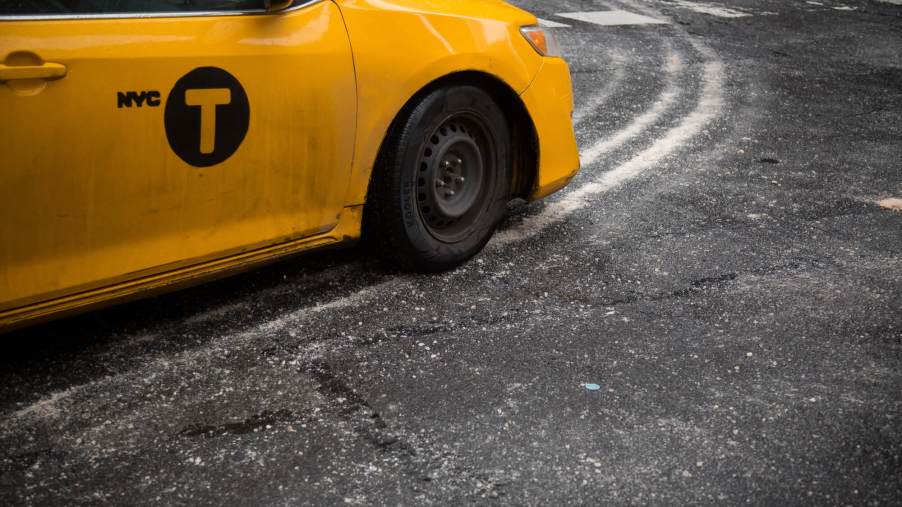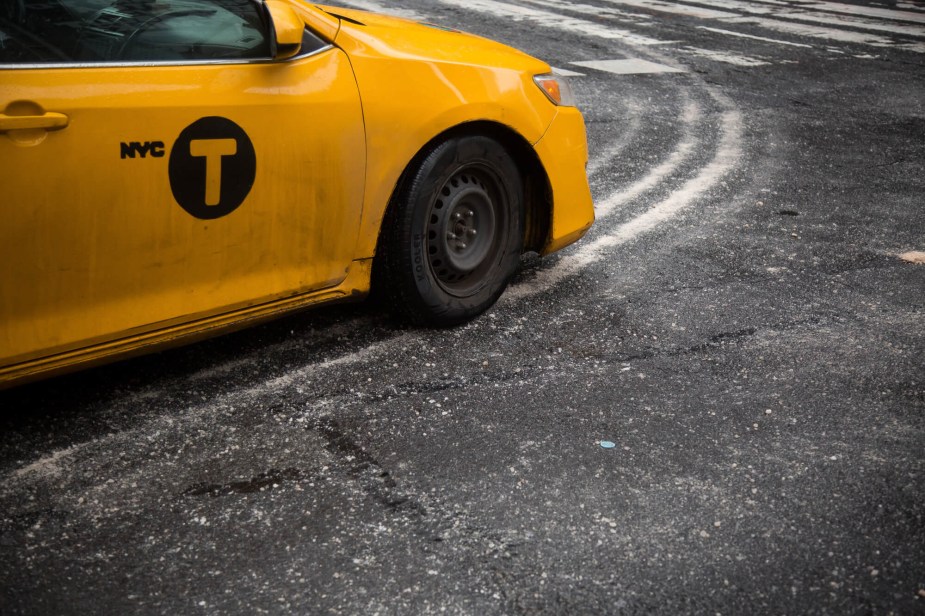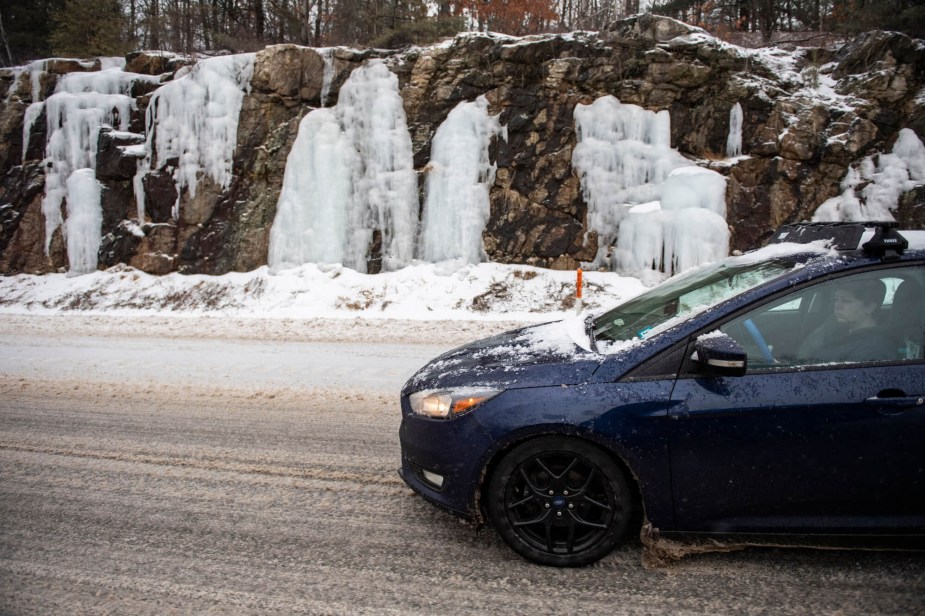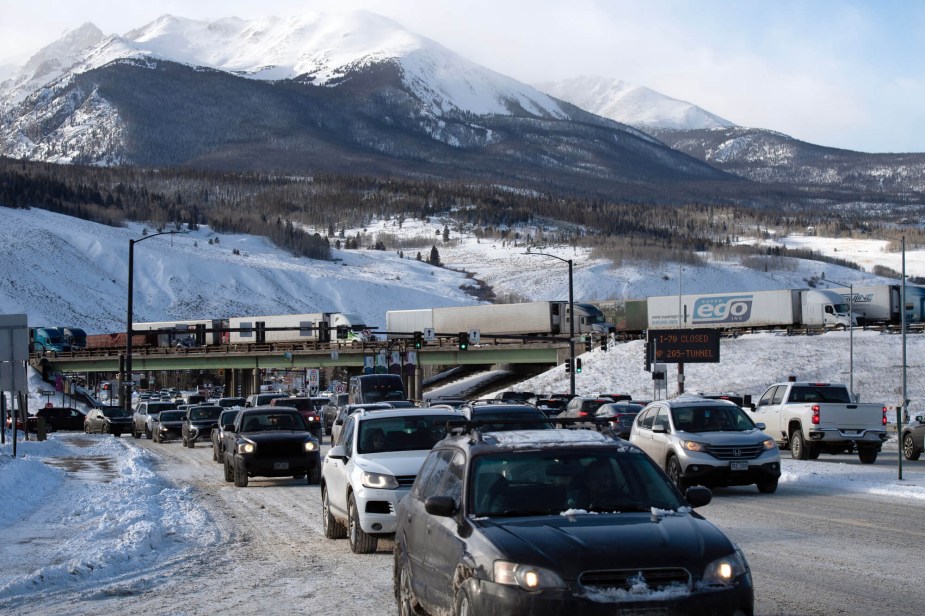
Does road salt actually cause car rust?
Winter weather is gradually loosening its grasp here in the northern hemisphere as we head into spring. Now drivers in wetter climates are left to confront the fallout from months of heavily salted, continuously slushy roads: rust. Speckles of patina can appear on a vehicle after just a few winters – and rust carries a large share of the blame. One of our most powerful tools for keeping roads safe can also be the undoing of the very cars it aims to protect. Salt’s ability to keep roads from icing over is the very factor that leads to long-term rust. Fortunately, there are ways to slow down road salt’s corrosive effects on cars, trucks, and SUVs.
Why salt causes rusting: it’s about the chemistry

According to Hemmings, rust starts with oxygen.
“Iron and oxygen really like to get together in chemical reactions: The former readily gives up its electrons while the latter will take on electrons all day long. That’s why you rarely see naturally occurring pure iron – the oxygen in air will eventually latch on to it and cause it to corrode, even in the driest of climates.”
Hemmings
Water can help this process along by adding electrolytes to the picture. However, as Hemmings points out, water needs some impurities with free floating ions to truly accelerate rusting. That’s exactly what road salt provides. It dissolves into ice and snow to prevent it from freezing – adding those free floating ions that iron and steel love. In effect, salt turbocharges water’s ability to cause rust.
Can you prevent winter rust?

Just as all people face mortality, all vehicles must face the perils of rust. Exposure to oxygen alone over long periods of time will eventually lead to deterioration – just look at images of abandoned rusty cars in deserts. On a long enough timeline, rust comes to collect its dues from all vehicles. That’s especially true in cold, wet climates.
How to slow down road salt rust

Slowing down road salt rust is all about two things: putting up barriers to salt and removing salt buildup as quickly as possible. These measures won’t stop rust altogether but they can delay its onset when taken effectively. Gear Patrol recommends a few specific tips.
- Use wax for paint protection. Automotive wax is designed to provide a protective seal for exterior paint. Applying wax before winter can help prevent salt from sticking to your car’s paint layer and causing corrosion.
- Wash your car regularly. It’s one of the simplest pieces of advice that has the most impact. Road salt can build up on your car or SUV – especially on the underside. Hit the car wash as often as possible, and be sure to select an undercarriage rinse option.
- Apply underside treatment. Similarly to paint wax, undercarriage coatings can form a sealant layer to prevent salt buildup on bare metal. It’s smart to have an undercoating applied each year.
- Move to a different climate. While dryer weather won’t stop rust altogether, it can get you away from corrosive road salt.
Motorists will continue to wage battles against road salt and rust so long as steel and iron are common in vehicles. The struggle will persist. But those who remain diligent can stall the corrosion and keep winter rust at bay.


